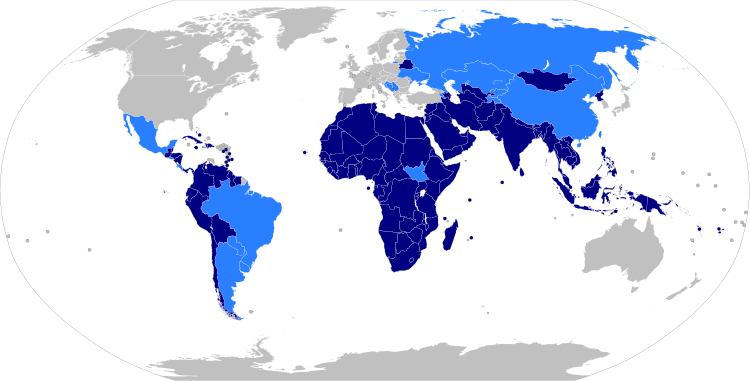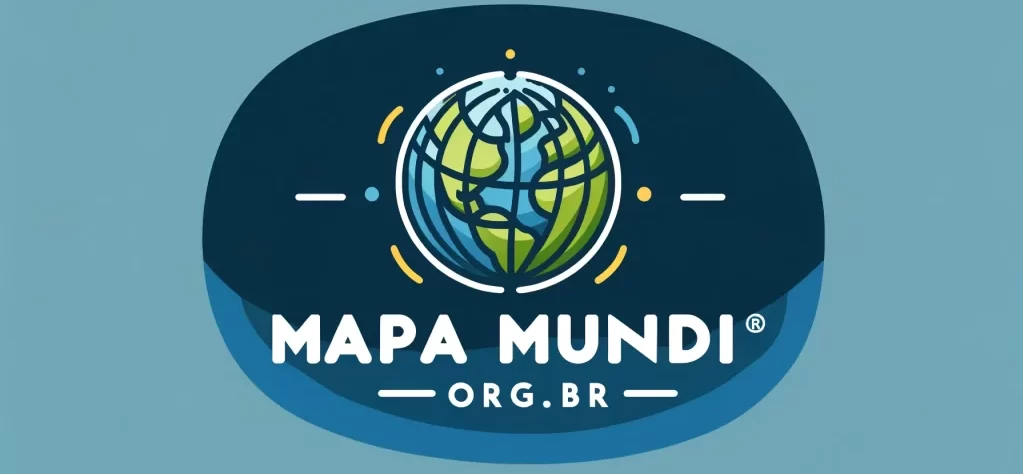
During the Cold War the world was structured around two large blocks: capitalist (led by the United States) and communist (led by the Soviet Union). These blocks formed an international structure known as bipolar, insofar as the blocks were antagonistic.
Throughout the Cold War other important trends occurred., especially national struggles for independence, fight against imperialism and the search for overcoming poverty in a large part of the world. These trends ended up consolidating a group known as the Non-Aligned Movement.
It is important to note that it was not about the creation of a third pole and not necessarily the refusal of the existence of the two existing poles. The objective was to stimulate agendas that were not guided by the predominant bipolarity, as was the case with the fight against poverty. In its members coexisted countries that were part of both the capitalist side (like Brazil) how much on the communist side (like Yugoslavia). More than proposing a new world order breaking with the East-West confrontation, sought to set a broader agenda, north-south call.
The end of the Cold War (1989) led to a rethinking of the entire international structure. Much is said about the end of bipolarity and the construction of a new international order. In the decade of 1990 the world began a new phase of more open cooperation, with various agendas being incorporated into global debates (environment, gender, housing…). Thereby, the Non-Aligned Movement (MNOAL) lost relevance as a space for promoting agendas, since these were assumed globally.
in the early years 2000 it was already clear that the bipolar structure was over, however, this did not mean that the agendas highlighted in the previous decade would have the space that the countries of the South craved. Movements of protectionism and imposition of international rules and standards ended up showing that some of these agendas were used to build an international order that would maintain inequality, albeit more open than during the Cold War.
Today, when we look at most of Africa or at important parts of Latin America and Asia we see that international inequalities remain. Poverty related issues, to the environment, to human rights remain as unresolved as they were in the Cold War years. Basically what you see is a "turn a blind eye" to many issues in various parts of the world.
years of protectionism, unilaterally conceived rules impositions or even the ignoring of vast regions of the world led to the resurgence of the need to forward agendas in non-global scopes. It is in this context that (re)blocks appear, movements and groupings of countries seeking to set their agendas from their perspectives.
Depending on the size (geographical and economic) of its members, the most famous of these groupings today is the BRICS (formed by Brazil, Russia, India, China, and South Africa). However, a group that continues to exist and has an increasingly important role to play is precisely the Non-Aligned Movement. Comprising mostly countries of the southern hemisphere.
To get an idea, approximately 80% of the world's population lives in the southern hemisphere. The challenges these countries face are enormous., being incomprehensible that the “world” has reached levels of economic development, homeland security, health quality, home… while the largest portion of human beings do not have access to all these achievements.
The Movement of Non-Aligned Countries could be the main space for these agendas to be placed from those who actually live them. It is important to understand the challenges from those who face them and not from countries that have answers that seek to impose. I do not expect the Non-Aligned to be able to face their challenges alone., but they should be responsible for making the agendas once again gain the center of the global discussion, as occurred in the 1990s 1990.
Again, it's not about creating one group to fight another. The world today is integrated in such a way that we are all in the same boat.. more than fighting, the time is now to affirm agendas based on their own dynamics.
